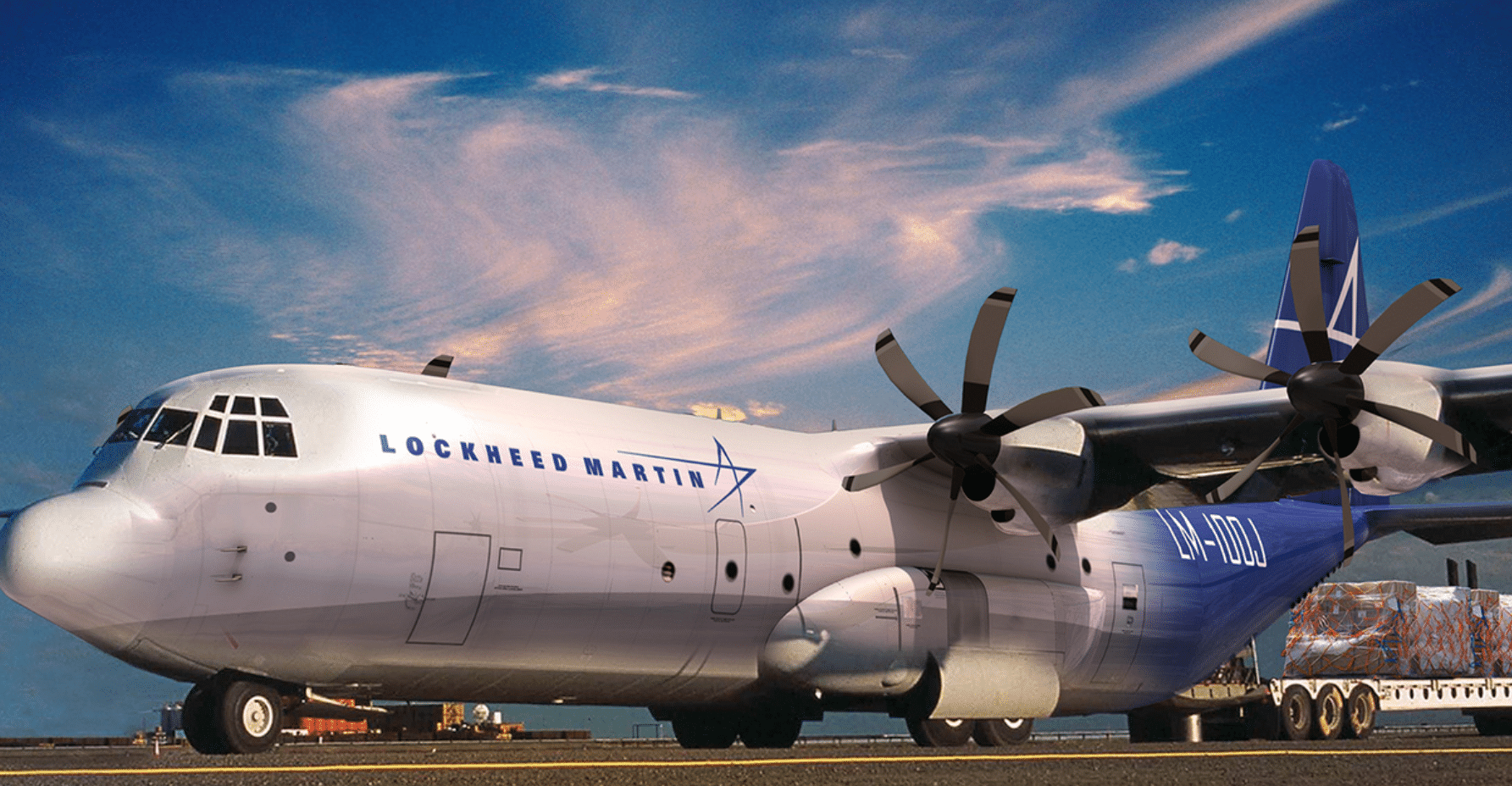2585Views 0Comments

LM-100J commercial freighter undergoes maiden flight
Lockheed Martin conducted the maiden test flight of the LM-100J – the civilian freighter variant of the C-130J Super Hercules – on Thursday, May 25.
The LM-100J flew from Lockheed Martin’s Marietta production site in Georgia. Wayne Roberts, the LM-100J’s test pilot, lauded the platform for performing “flawlessly” and in the same vein of the C-130J.
Lockheed Martin says that the LM-100J will continue undergoing initial flight tests, after which it will begin flight tests in accordance with the needs of the Federal Aviation Administration (FAA).
The LM-100J will be marketed towards civil and commercial freighter users, including legacy L-100 users, as an affordable next-generation solution. Lockheed Martin states that the LM-100J can be configured for many roles including, among others, firefighting, medical evacuation and VIP transport.
However, as with its predecessor and sister-variant the C-130J, the LM-100J will excel for transporting heavy and oversized supplies, especially to inaccessible and remote areas.
As per Flight Global, Safair in South Africa and Bravo Cargas from Brazil intend to acquire 10 LM-100J each.
IHS Jane’s Defence Weekly reports that the LM-100J will also be available to prospective military users, especially those that are seeking fresh Hercules aircraft to supplant old C-130s, but without the costly features of the C-130J. The LM-100J omits the C-130J’s “secure communications and electronic warfare equipment, racks, and wiring”, resulting in noticeable cost reduction in procurement and lifecycle support. IHS Jane’s lists the LM-100J and C-130J’s unit costs at $60-70 million U.S. and $100 million, respectively.
Notes & Comments:
Lockheed Martin is clearly positioning the LM-100J towards the legacy C-130B/E/H user market, which is the same market that Embraer is striving to secure with its KC-390 multi-role tanker and transport (MRTT).
By simplifying the C-130J and seemingly bringing the overall cost (i.e. upfront acquisition and after-sale maintenance and support cost) of a new Hercules to the area of $100-120 million per aircraft. This is a competitive spot, especially considering the scale of the C-130J and its widespread adoption (to attest its performance and reliability). In fact, the LM-100J could potentially be a baseline platform for prospective users to customize and configure (using off-the-shelf subsystems) in lien with their specific requirements.
The LM-100J may provide reason for cost-sensitive C-130 users, such as South Africa and Pakistan, to consider new Hercules aircraft. Currently, Pakistan is content with its Hercules fleet, and is in the process of upgrading its fleet (with vastly improved avionics and some structural replenishment). However, it is difficult to discount the LM-100J as at least an option, especially as a long-term next-generation avenue.
Embraer is competing from a less secure position. The KC-390 is the newer platform, and that too with a list of – at best – a handful of prospective near-term buyers.
To its credit, Embraer did strive for controlling cost where possible, such as its selection of the ubiquitous International Aero Engines (IAE) V2500-A5 commercial turbofan engine, which powers the Airbus A320. However, with a multi-billion-dollar development overhead and few initial orders (compared to the C-130J/LM-100J), the KC-390 is likely the costlier platform to acquire upfront. Financing mechanisms, such as a credit line, and flexibility in co-production and sharing after-sale support work will be critical to the KC-390’s prospects of success.


